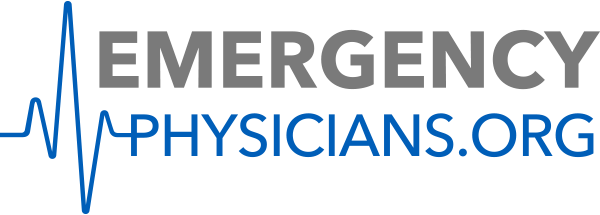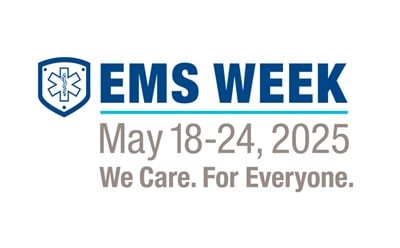WASHINGTON, D.C.—Valentine’s Day is a great reminder to prioritize heart health and recognize the signs of an emergency, according to the American College of Emergency Physicians (ACEP).
One of the most common reasons people visit the emergency department, chest pain, can take a variety of forms and is not always associated with a heart issue. Heart disease is the most common cause of death for both men and women in the U.S.
“Heart attacks can be difficult to recognize but it’s important not to ignore the warning signs,” said William Jaquis, MD, FACEP, president of ACEP. “Often, time is the most valuable resource a doctor can have when treating a heart issue. Symptoms like chest pain should always be taken seriously, if you think you are having an emergency it’s important to know the warning signs and act quickly.”
People having a heart attack may experience some or all of these symptoms:
- Uncomfortable pressure, fullness, squeezing sensation or pain in the center of the chest, lasting more than a few minutes, or it goes away and comes back.
- Pain that spreads to the shoulders, neck, jaw, arms or back.
- Chest discomfort accompanied by lightheadedness, fainting, sweating, nausea or shortness of breath.
Some less common warning signs of heart attack that should be taken seriously — especially if they accompany any of the above symptoms — include:
- Shortness of breath and difficulty breathing.
- Abnormal chest pain, stomach or abdominal pain. Symptoms may feel like indigestion or heartburn.
- Nausea or dizziness.
- Unexplained anxiety, weakness or fatigue.
- Palpitations, cold sweat or paleness.
If you think somebody is having a heart attack, call 911. “One of the primary reasons to call an ambulance rather than drive somebody yourself is that emergency medical service (EMS) professionals are able to provide medical attention on the way to the emergency department,” said Dr. Jaquis.
If a person loses consciousness, make sure they are on their back, loosen clothing at the neck, chest, and waist then check for breath and pulse. If absent and somebody nearby is trained to do so, begin CPR.
“A person experiencing a heart attack does not need CPR unless they lose consciousness and go into cardiac arrest,” said Dr. Jaquis. “If that happens, CPR can keep blood flowing while waiting for an ambulance or defibrillator.”
Anyone can learn CPR through the ACEP Until Help Arrives program.
 American College of Emergency Physicians
American College of Emergency Physicians







